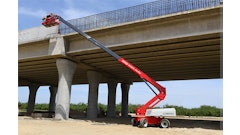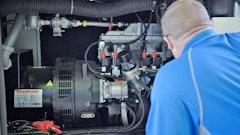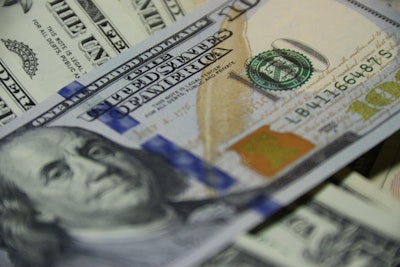
Regardless what type of construction work you do, you will have some sort of equipment you need to charge to the job as part of the bid process or the actual accounting for the project. Some of the equipment you will own, some you will rent and some will just be 100% charged off to the job.
How much of your typical job costs are equipment related will determine how much time and effort you put into managing and calculating costs used for bidding and accounting. The more equipment you use, the more accurate equipment cost recovery techniques must be for bidding and reporting purposes.
In previous columns, we have discussed using a "rental" method to allocate equipment costs for bidding and accounting purposes. (Scroll down through my columns on www.ForConstructionPros.com to view previous articles on this topic.) To calculate a rental, you would multiply the total cost of a piece of equipment x 5% / month x 13 x 80% to arrive at the estimated annual rental dollars a rental company wants to achieve. By doing this, they would generate a 35% to 40% gross profit, which includes maintenance, insurance and the limited fuel they fund. Consequently, you would have to reduce your results by at least 40% to arrive at a "true" rental cost for a year.
On the surface, it may look like that 40% gross profit is a lot, but it really isn't. All office and administration expenses have to come out of that, along with interest expense. Believe me, it doesn't take much of a decrease in rental revenues to turn a profit into a loss. With the big fixed costs a rental company has on each rental unit, it is quite understandable. A 20% drop in rentals can cause a 50% drop in cash flow.
A Specific Example
In the box below is an example of how the formula cited above can be applied. The $31,000 represents what you need to recover to break even in the rental business with this unit. Keep in mind, however, that a rental company would sell the unit off before they reached this position. Also note that the depreciation rate they use is factored into the gross profit number, and interest cost must be added to the cost figure, as well.
Equipment Rental Equation
Multiply the total cost of a piece of equipment x 5%/month x 13 x 80% to arrive at the estimated annual rental dollars. Following is an example:
Equipment cost $100,000
Depreciable life 5 years w/30% residual
Rental rate 5% per month rent
Rental periods 13 or every 28 days
Time utilization 80%
$100,000 X 65% (5 x 13) ---- $65,000 X 80% ---- $52,000
$52,000 X 60% (removing rental GP) ---- $31,000
The figure also takes into account a full year of use, whether the unit is on a job or sitting in the yard over the winter. In other words, the cost of holding the unit is figured into this equation.
Looking at it from the opposite view, we have a $100,000 unit with a 30% residual that we have to allocate over a five-year holding period. That means allocating $70,000 over five years or $14,000 per year as a fixed cost. Add to that sales tax, insurance, interest, parts and service, storage, delivery and pickup, and pretty soon you start closing in on the $30,000 number. That $30,000 may not be a hard number in the first year of operation, but it will average out to this figure over the five-year period.
In reality, the cost of the equipment will be determined by the annual utilization, interest, maintenance costs and who performs it, trucking and pure daily operating costs. The useful life is also a major factor in this process. The longer you can keep the equipment operating efficiently, the lower your annual cost will be.
Once you figure the annual equipment cost, you either charge out the entire cost based on an hourly or daily rate; adjust the rates to compensate for winter or expected down time; or charge the unallocated cost to overhead. Keeping your rate to 50% to 60% of the rental company rental rate should put you in the ballpark for preparing budgets, etc.
At some point of utilization, it does not pay to own the equipment. If you can, it will be more efficient to rent the equipment on a job by job basis. You may have to keep a minimum inventory of equipment on hand, but most should be rented if you find yourself in this position.
Is it working?
You can all crunch the numbers to see how your equipment costs are running and how your recovery technique is working.
Take the largest piece of equipment you own and schedule out the fixed costs: monthly debt service, storage and insurance. Then estimate the hours or days in use and attach operating costs such as fuel, maintenance and delivery. Add it all up and divide by 250 (number of working days in a year) to come out to a daily rate. If the unit sits in the winter, you can adjust the 250 number to a lower figure.
The result you come up with is what you have to recover to break even on your unit from a cash perspective. Notice I substituted the full note payment for depreciation and interest amounts. You can run it both ways if you want.
There is no magic formula here. The logic expressed is to compare your equipment costs to how a rental company may do it, then adjust from there — as long as you have the proper information to do so. Most of the information you need to make this calculation should be available from either your dealer or from rental company quotes. Make the most of these sources.





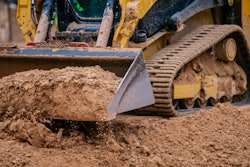
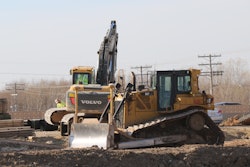
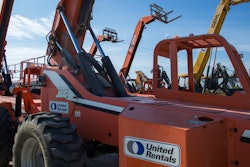



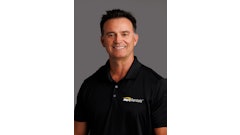
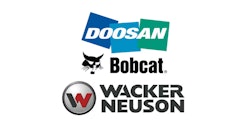

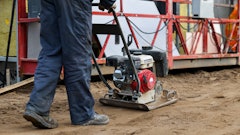
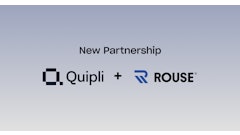
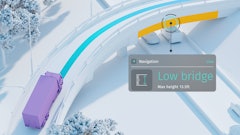
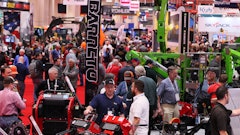
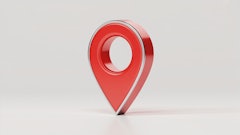
![Building Angled Sm Edit 6050b8d213f1b[1]](https://img.forconstructionpros.com/mindful/acbm/workspaces/default/uploads/2025/09/building-angled-sm-edit6050b8d213f1b1.Ygq5aAos3b.png?ar=16%3A9&auto=format%2Ccompress&crop=focalpoint&fit=crop&fp-x=0.53&fp-y=0.23&fp-z=2&h=135&q=70&w=240)
